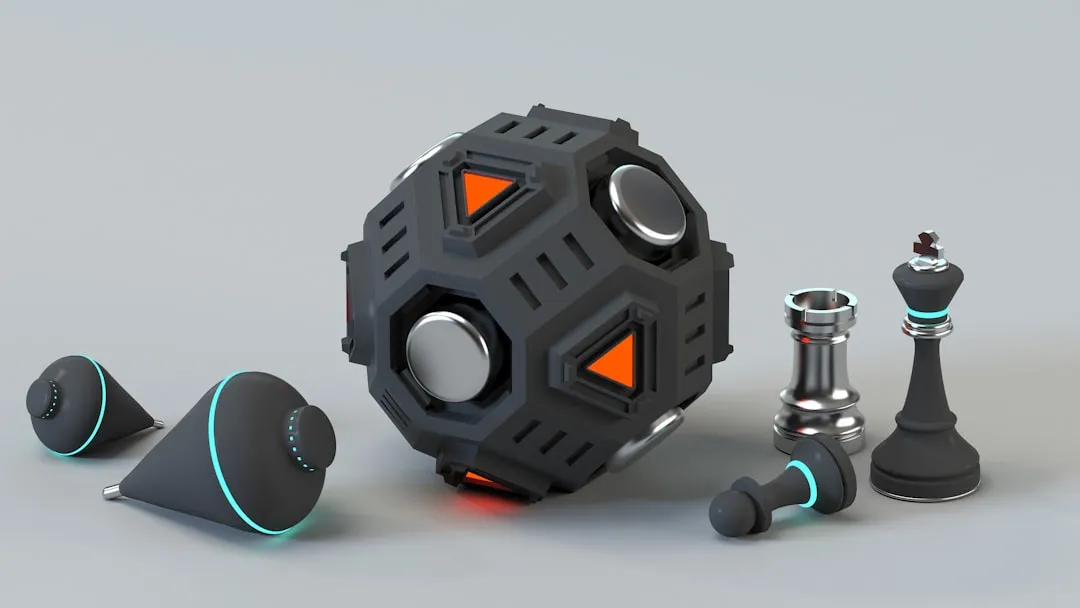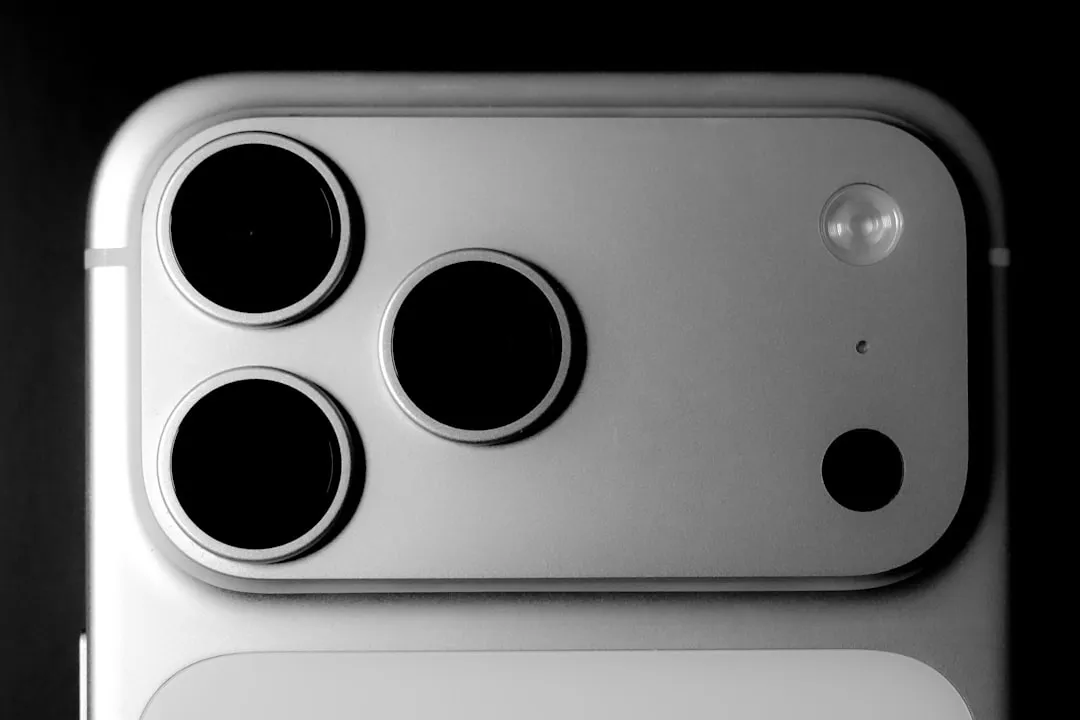Reviewed by: Y. Garcia
Smart glasses have hit a lively inflection point, and Even Realities is planting a flag with the G2. While most rivals race to cram in more cameras, speakers, and sensors, Even Realities went the other way, they stripped them out.
The G2 smart glasses deliberately omit recording capabilities and external speakers to prioritize privacy and everyday wearability. The company calls it Quiet Tech, a clear counter to the more is better mindset popularized by Meta and others.
Here is the twist, this is not a cost-cutting move. It is a rethink of what belongs on your face all day. The G2 eliminates the social friction that camera glasses create, and focuses on what matters most, seamless information access without surveillance concerns.
The timing is sharp. No-display AI smart-glasses shipments are projected to explode from roughly 679,000 units in 2024 to 15 million by 2030, a 68% compound annual growth rate.
In 2025, nearly every major tech company is entering the space, each with a different take on daily augmentation. Even Realities is betting that a privacy-first angle will resonate in a world where digital discretion feels like a luxury.
Why ditching cameras and speakers actually makes sense
No cameras and no external speakers is not a handicap, it is a design stance that solves real user headaches. The G2 provides a less intrusive approach to smart technology, bringing privacy benefits for both the wearer and everyone around them. Think office meetings where recording triggers legal concerns, family dinners where phones already push the limit, and public spaces where bystanders do not want to be content.
Consider the boardroom. Put on camera glasses and people start measuring their words. Momentum changes, pauses grow longer, ideas get sanded down. The G2 removes that tension, so conversations feel natural again.
The glasses achieve their smart functionality through subtle internal display optics rather than outward-facing components. The result looks like regular eyewear, they are designed to blend into your day rather than dominate it. Ideal if you want capability without broadcasting that you are wearing a gadget.
There is a practical upside too. Without cameras or external speakers, the G2 can focus entirely on what it does best while offering impressive battery life of over two days. Power goes to the display system and AI you actually use, not to sensors you would be defending in every conversation.
Advanced display technology meets everyday usability
Minimalist does not mean underpowered. The G2 features the company’s upgraded Even HAO 2.0 technology, which creates a 3D layer effect using miniature micro-LED projectors, gradient waveguides, and digitally surfaced lenses. Text and UI elements float in your field of view, clear and comfortable, without the eye strain common in early smart glasses.
It is a real jump from previous generations. The G2 offers cleaner, brighter visuals with an improved AR interface that makes consumption feel effortless. The device creates a multi-layer 3D floating spatial display, with quick AI prompts up front and navigation or notes tucked behind, so your brain does not get overloaded.
Build quality backs it up. The latest models feature flexible aerospace-grade titanium matched with magnesium alloy frames, durable and lightweight at just 36 grams. That is light enough to forget you are wearing them during long stretches, which is exactly the Quiet Tech goal.
Practical needs got attention as well. The glasses support prescription lenses ranging from -12 to +12 diopters, so they can be your daily pair first and a smart device second.
Smart ring integration changes the control game
The sleeper hit of the ecosystem is the R1 Smart Ring. The ring functions as both a discreet controller for the glasses and a wellness tracker, a tight loop that shows real thought about how these devices should work together.
Made from zirconia ceramic and medical-grade stainless steel, it looks and feels like jewelry. The ring enables gesture-based navigation through scrolling, swiping, and selecting items in your field of view, essentially turning your finger into a trackpad for what floats in front of you.
Why does this matter? No voice commands in quiet rooms, no odd head nods, no fishing around in a phone app while text hovers in front of you. The gestures click quickly, and they match the discrete vibe of the whole G2 experience.
Health tracking adds bonus utility. The R1 includes biometric sensors that provide real-time wellness scoring, though these health features do not quite match the capabilities of dedicated smart rings like the Oura Ring 4 or Samsung Galaxy Ring. The win is in the pairing, where wellness context can nudge what shows up on your lenses right when you need it.
AI-powered features that actually enhance daily life
The G2’s AI sticks to useful. The device features advanced Even AI that is three times faster than the previous generation, powering tools like Teleprompt for presentations, Navigation for turn-by-turn directions, and Translation across nearly 30 languages.
The standout is Conversate, an on-device assistant that listens to conversation flow and provides live translations or contextual prompts for follow-up questions. The AI can identify conversation topics and provide helpful prompts, explanations, and background context, then save conversation summaries for later review.
This is the kind of help that smooths real moments. In a meeting where unfamiliar jargon pops up, the glasses can quietly fill in context so you keep pace without breaking the flow. Supportive, not showy, and it sits comfortably inside the privacy-first approach.
The system’s TriSync technology connects the glasses, ring, and smartphone into one cohesive ecosystem. Start walking, directions from your phone appear in your lenses. Stress levels rise, the ring can influence wellness reminders that surface at the right time.
Where Even Realities fits in the smart glasses landscape
At $599 for the G2 and $249 for the R1, Even Realities sits squarely in the premium tier. Early adopters can get 50% off the R1 ring and additional accessories, which makes jumping into the full setup easier during launch.
The price reflects the materials and display tech, and it invites comparison with other high-end options. The device impresses with its minimalist capabilities but faces the challenge of justifying its premium price point. For users who value workplace professionalism, social discretion, two-day battery life, and privacy protection, the case gets strong.
The G2 runs counter to the social-first playbook. Meta’s Ray-Ban line leans into cameras and speakers for creators, while Even Realities offers a quieter, productivity-focused experience. That pitch makes sense for professionals, students, and privacy-conscious buyers who want capability without calling attention to it.
The split mirrors broader tech habits. Some want devices that spark conversation, others want tools that disappear into the background. Even Realities is aiming at the latter, a sizable niche that has not had many good options.
The future of privacy-first smart glasses
Camera-free and speaker-free is more than a quirky choice, it is a bet on how people will actually wear this category as it matures. The combination of AR and AI in these glasses represents a genuine turning point in how we engage with our surroundings and enhance productivity, minus the social friction of more invasive hardware.
The G2 and R1 show that smart glasses do not need to be recording devices or entertainment rigs to be valuable. Focus on clear information delivery, contextual AI, and smooth integration with daily workflows, and the product becomes an extension of your capability, not a barrier to human interaction.
The device represents a significant step forward for wearable smart technology, especially for anyone who prizes discretion alongside function. As privacy concerns rise and workplaces tighten policies around recording gear, Even Realities’ stance may look prescient.
The market is fragmenting to fit real lives. Even Realities has carved out professional productivity with privacy protection, while others chase social and entertainment. If growth holds, this quieter approach could be exactly what many people were waiting for, powerful, practical, and respectful of both the wearer and everyone else in the room.




























Comments
Be the first, drop a comment!